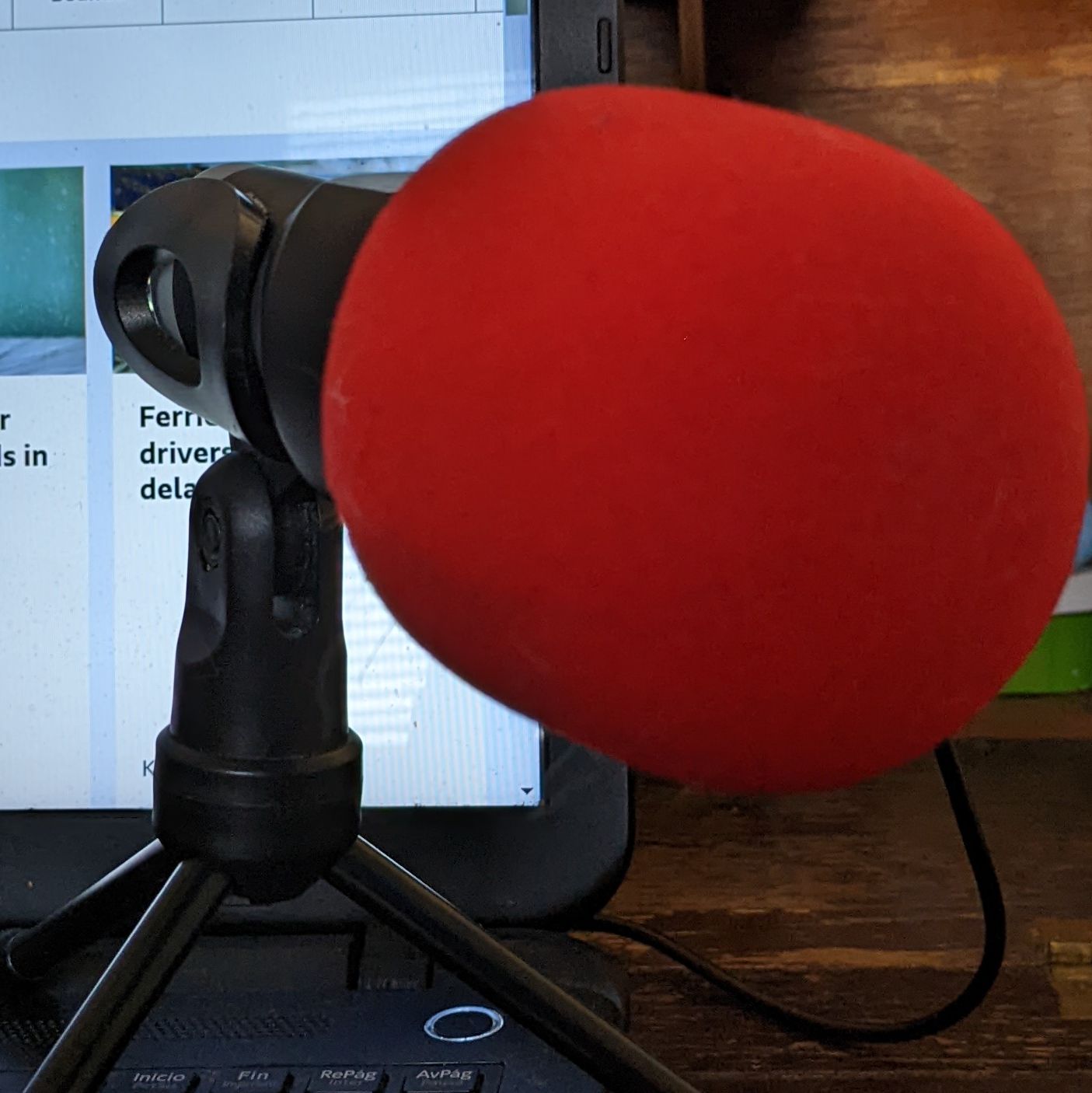
Difference between "不行" (bù xíng) and "不可以" (bù kě yǐ)
Opis
"不行" (bù xíng) is a more casual and colloquial expression, and it is often used to indicate that something is not feasible or practical. It can be translated as "can't" or "won't work."
"不可以" (bù kě yǐ) is a more formal and polite expression, and it is often used to indicate that something is not allowed according to rules or regulations. It can be translated as "cannot" or "not allowed."
Here are some examples that illustrate the difference between "不行" (bù xíng) and "不可以" (bù kě yǐ):
Example 1:
A: 你能给我五块钱吗? (nǐ néng gěi wǒ wǔ kuài qián ma?) (Can you give me five dollars?)
B: 不行,我没有五块钱。 (bù xíng, wǒ méi yǒu wǔ kuài qián) (No, I don't have five dollars.)
B: 不可以,这是违反公司规定的。 (bù kě yǐ, zhè shì wéi fǎn gōng sī guī dìng de) (No, it is against company rules.)
In the first example, "不行" (bù xíng) is used to indicate that the person does not have the requested amount of money. In the second example, "不可以" (bù kě yǐ) is used to indicate that giving the money is against company rules.
"不行" (bù xíng) might be more appropriate if the person simply does not have the requested amount of money, while "不可以" (bù kě yǐ) might be more appropriate if there is a rule or regulation that prevents the person from giving the money.
Example 2:
A: 你能把这个盒子放在桌子上吗? (nǐ néng bǎ zhè gè hé zǐ fàng zài zhuō zi shàng ma?) (Can you put this box on the table?)
B: 不行,它太大了。 (bù xíng, tā tài dà le) (No, it is too big.)
B: 不可以,桌子上没有足够的空间。 (bù kě yǐ, zhuō zi shàng méi yǒu zú gòu de kōng jiān) (No, there is not enough space on the table.)
In the first example, "不行" (bù xíng) is used to indicate that the box is too large to fit on the table. In the second example, "不可以" (bù kě yǐ) is used to indicate that there is not enough space on the table.
"不行" (bù xíng) might be more appropriate if the box is too large to fit on the table, while "不可以" (bù kě yǐ) might be more appropriate if there is not enough space on the table.
Kanał podcastu
Difference between A and B in Chinese with Shanmei
Autor
Wszystkie odcinki

Test your Korean level

ナメてた(^^;

你喜欢喝什么?

黔灵山的猴子

Episode 36: The wonders of the internet!

Happy New Year (With Transcript)

Weekly Lesson: Weekly Lesson: Funny and Popular British Words Explained - with Cris and I

Diversity (with transcript for study)
Popularne odcinki

100% Real Korean Conversation
Test your Korean level

Japanese "Taka" it easy
ナメてた(^^;

开口说汉语 "Chinese Chit-Chat"
你喜欢喝什么?

新鲜事儿(Anecdote)
黔灵山的猴子

Let's have a chat (Discussions In English)
Episode 36: The wonders of the internet!

Teacher Joseph's Podcast
Happy New Year (With Transcript)

Teacher Joseph's Podcast
Weekly Lesson: Weekly Lesson: Funny and Popular British Words Explained - with Cris and I

Teacher Joseph's Podcast
Diversity (with transcript for study)